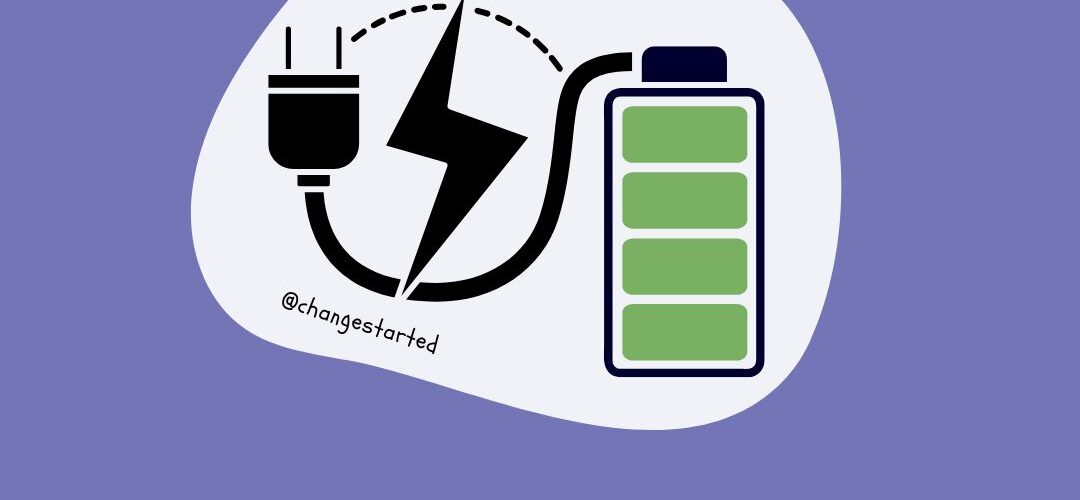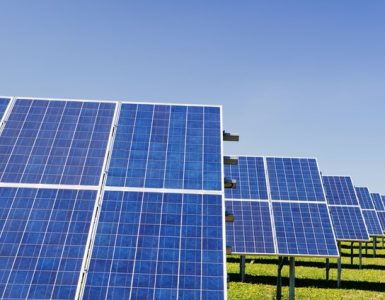Our modern world is fundamentally powered by energy, fueling everything from transportation and manufacturing to communication and essential services.
However, our growing reliance on fossil fuels has significant negative consequences, so making a sustainable energy transition is a critical imperative. Rising energy demands, driven by rapid urbanisation, evolving mobility patterns, and globalization, further underscore this urgency.
However, sustainable energy sources like solar and wind are intermittent—they generate power only when the sun shines or the wind blows. Fortunately, energy storage has emerged as a crucial solution to these challenges, offering valuable support for electricity supply, transmission, and distribution.
Its ability to strengthen grid resilience and reliability provides substantial benefits to utilities, grid operators, regulators and most importantly consumers.
By increasing efficiency and reducing our dependence on high-emission alternatives, energy storage plays a vital role in building a cleaner energy future. To understand the full potential of this transformative technology, read on.
Methods to Store Energy
Energy storage is the process of capturing energy produced at one time for use at a later time. The choice of energy storage method depends on factors like scale, duration, location, cost and efficiency.
The storage is achieved through a variety of methods, including:

Electrochemical
Batteries (lithium-ion, nickel-metal hydride, etc.) are widely used in energy storage, especially for mobile phones, electronic devices, electric vehicles, and solar energy storage. They are efficient, compact, and have a high energy density.
Flow Batteries use liquid electrolytes and are suitable for large-scale energy storage systems. They have a longer lifespan and can store large amounts of energy, making them useful for grid-scale storage.
A newer alternative to lithium-ion, sodium-ion batteries are being researched as a cheaper and more sustainable option, especially for large-scale applications.
Mechanical
Pumped hydro is when water is pumped to a higher elevation (usually to a reservoir on a hill) using excess electricity. When demand increases, the stored water is released and flows downhill through turbines to generate electricity.
Compressed air energy storage (CAES) is another mechanical method to store energy by compressing air and stored in underground caverns or tanks when there is excess electricity. When demand rises, the air is released, heated, and expanded through turbines to generate electricity.
A flywheel stores energy in the form of rotational kinetic energy. It spins at high speeds, and when energy is needed, the rotational energy is converted back into electrical energy.
Another interesting mechanical technique is rail-based energy storage, where excess energy is used to push a train uphill. When energy is needed, the train is allowed to roll downhill and generate electricity.
Mechanical methods of storing electricity are more mature and cost-effective large-scale storage methods, providing significant capacity. However, it requires suitable geographic locations and a large infrastructure.
Thermal
Thermal storage systems store excess energy in the form of heat or cold. Common methods include using molten salt, ice, or other materials to absorb and store heat. This heat can be released later to generate electricity or for heating purposes.
In concentrated solar power plants, molten salt can store heat for hours or even days and then release it to generate electricity when the sun isn’t shining. In the case of ice-based energy storage, excess electricity is used to freeze water into ice, which can later be melted to provide cooling when needed.
Chemical
Chemical energy storage refers to technologies that convert excess electricity into chemical forms, such as synthetic fuels, ammonia, or other chemical compounds.
One of the chemicals that has gained traction in recent times is hydrogen. In Hydrogen-based storage, excess electricity, often from renewable sources, is used to electrolyze water, splitting it into hydrogen and oxygen. The hydrogen can then be stored and later used in fuel cells to generate electricity or burned to produce heat.
Hydrogen has a high energy density and can be stored for long periods. It also has potential for transportation (as a fuel for vehicles) and is a promising solution for decarbonizing hard-to-electrify sectors like industrial processes and heavy transport.
Applications of Energy Storage Systems
These diverse energy storage technologies find application in a range of scenarios:
Grid Support: Batteries and energy storage can help balance supply and demand on the electrical grid, preventing grid overload, and potential blackouts and ensuring a continuous power supply.
Grid Resilience: Energy storage systems like batteries can provide backup power in emergencies or power outages. By storing energy, the grid recovers quickly from disruptions, whether due to extreme weather, natural disasters, or equipment failures.
Off-Grid Power: In remote or isolated locations, energy storage systems, often paired with renewable generation like solar panels, provide a reliable and grid-independent electricity supply.
Rooftop Solar Optimization: Homeowners and businesses with rooftop solar panels with energy storage can maximize the self-consumption of generated electricity, reducing their reliance on the grid and lowering their electricity bills.
Electric Vehicles (EVs): EVs often utilize battery storage for propulsion and employ regenerative braking to recapture energy during deceleration, extending their driving range.
Multifaceted Benefits of Energy Storage
Energy storage offers numerous benefits, including increased grid reliability, reduced fossil fuel reliance (facilitating renewable integration and mitigating climate change), lower electricity costs, and economic growth.
These investments adapt to an evolving grid, enhancing resources from renewables and traditional sources to demand-side management. Potential benefits include:
Saves Money
Energy storage offers cost savings for both grid operations and consumers.
For utilities, it reduces the expense of frequency regulation and spinning reserve services. Consumers benefit by storing low-cost energy for use during peak pricing periods.
Furthermore, energy storage minimizes the financial impact of brief outages, preventing costly disruptions for businesses and avoiding losses and inconvenience for residents. Both businesses and homeowners can also participate in demand response programs where available.
Improves Resilience
Energy storage significantly enhances grid resilience and reliability by providing backup power during disruptions. This same principle of backup power, familiar from devices like smoke alarms, can be scaled to entire buildings or the grid itself.
Storage offers crucial grid flexibility, ensuring uninterrupted power delivery to consumers whenever and wherever needed. This flexibility is essential for both reliability and resilience and as outage costs rise, so does the value of these improvements.
This is particularly important for critical infrastructure like hospitals, data centres, or emergency services.
Seamless Integration
Energy storage seamlessly integrates diverse energy resources.
It smooths the fluctuating output of intermittent renewables like wind and solar by storing excess energy during periods of high production and releasing it when needed.
Furthermore, storage supports inflexible baseload resources by rapidly adjusting energy injection or extraction to match fluctuating demand. Essentially, energy storage is an enabling technology, providing power when renewables are unavailable and offering the flexibility that baseload resources lack.
Reduces Environmental Impact
Energy storage contributes to a cleaner environment by enabling electricity to be stored and used when and where it’s most needed, creating grid efficiencies that reduce greenhouse gas emissions.
By increasing grid flexibility, storage facilitates greater integration of renewable energy sources like solar and wind, improves the utilization of existing resources, and reduces the need for new, polluting peak power plants.
As our energy mix transitions to cleaner, low- or no-carbon sources, energy storage plays a crucial role in ensuring a smooth and reliable evolution.
A Cornerstone of Sustainability

The high cost of current technologies, particularly batteries, remains a primary concern. Scaling storage capacity to meet future energy demands significant investment in research, development, and infrastructure.
Furthermore, the limited lifespan of some storage solutions, such as batteries, necessitates continued research into more durable and long-lasting options.
Despite these hurdles, the future of energy storage is bright. Rapid technological advancements, coupled with decreasing costs and increasingly supportive policies, are fueling robust market growth.
Widespread deployment of energy storage systems is anticipated, promising a revolution in how we generate, distribute, and consume energy.
In short, energy storage is essential for a sustainable energy future. It plays a crucial role in balancing supply and demand, seamlessly integrating renewable energy sources, bolstering grid stability, and reducing our reliance on fossil fuels.
The clear and compelling benefits of energy storage make its widespread adoption not just desirable, but essential, for building a cleaner, more reliable, and affordable energy system.





Add comment